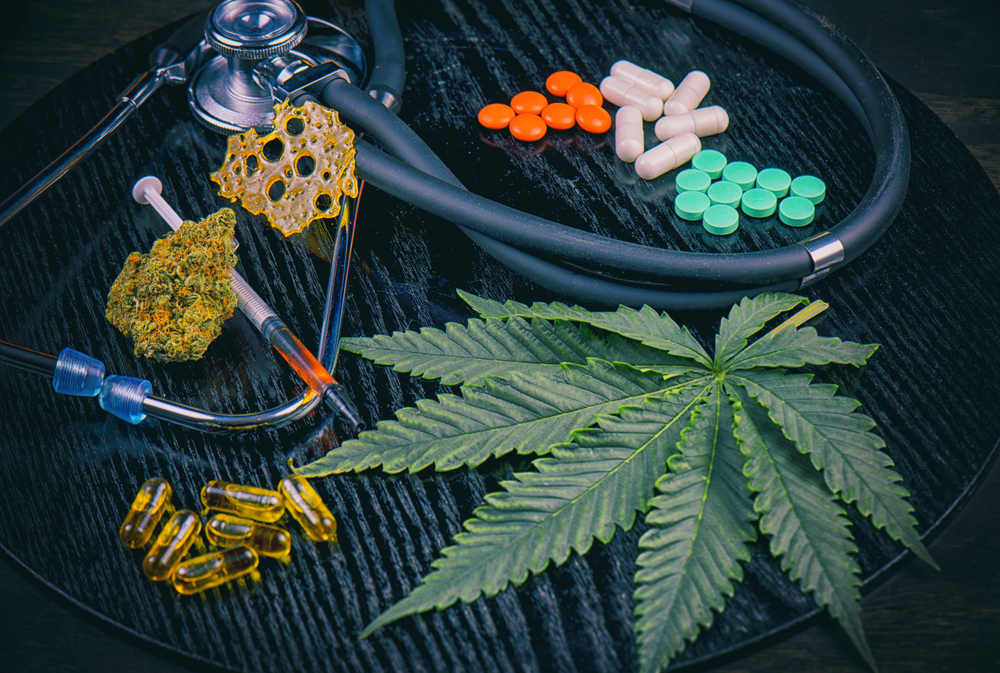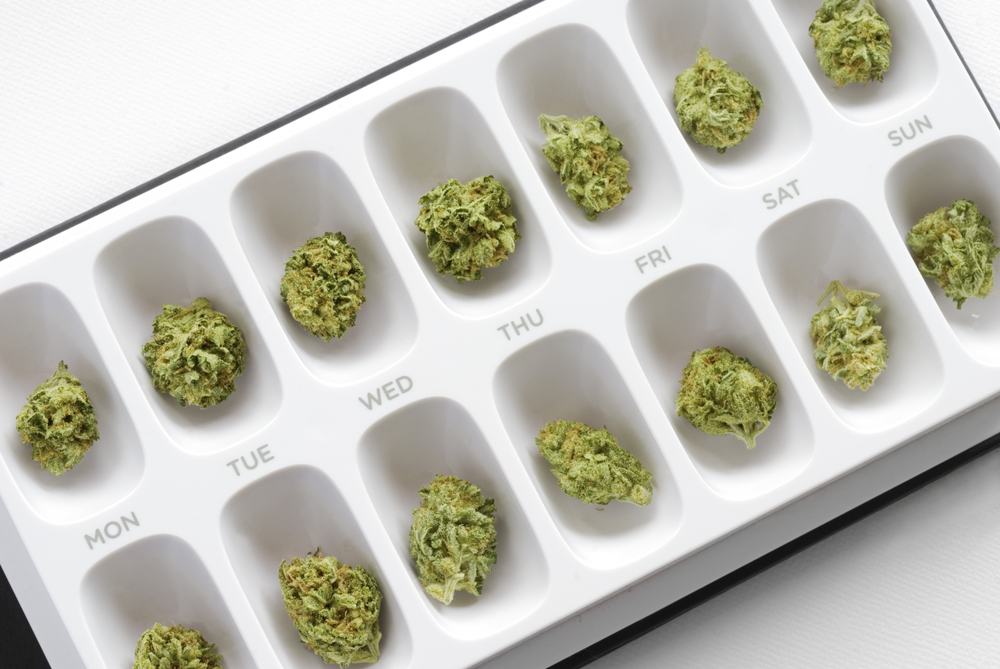Microdosing Cannabis Through Titration
By CLOVR Cannabis
May 22 2020
While the cultivation, production and manufacturing of medical marijuana (MMJ) products are becoming a finely-tuned science, the dosage for patients is much more of an art. Despite the numerous studies confirming successful applications of medical marijuana, there is no “recommended dosage” for any one patient. The science side of medical cannabis has revealed which cannabis compound – or “cannabinoid” like THC, CBD and THCA – works best for each general condition, but exactly how much of each compound and the dosage schedule is unique to each person. Just as our bodies and the different problems affecting it are unique, the dosage profile of each person is highly individual too. Now enter microdosing.
So how do you know how much of what to take when? Finding that just-right balance of components and dosage can be done through processes called titration and microdosing.

Scientifically speaking, titration is (more or less) the process of determining the minimal amount of the active component in a medicine’s mixture that will give the desired results. And for medical marijuana, it’s finding that right balance between the different cannabinoid (THC and CBD) components, the condition that is being treated and your body’s individual response. Chances are your medical marijuana caregiver and/or dispensary will steer you in the direction of a “more THC-dominant” or “more CBD-dominant” product, but you – the medical marijuana patient – will be the best at ultimately titrating to your own unique dosage profile.
“Start low and go slow” is the mantra for titrating a new medical marijuana patient’s dosage – or in other words “microdosing”. And the best way to do this is through micro-dosing. Micro-dosing is taking only a small amount of medical marijuana in order to test the effects on a patient’s body and condition being treated. Once the effects are assessed and evaluated, the dosage can be increased slowly to find the desired amount for the desired effect on the condition. Especially for new patients who will be taking products with any amount of THC, micro-dosing can help keep the psychological effects minimal so the newbie gets used to the euphoric feeling.

All medical marijuana products have the amounts of THC and CBD components labeled on them, and most dispensary personnel are experts on the product. Still knowing what products are best for microdosing is good – especially for the new medical marijuana patient. Keeping in mind how quickly different types of products affect the body is a key component in selecting the best micro-dosing product. Products that are absorbed through the digestive system (brownies, gummies and other edibles) take longer to take effect, while inhaling products (joints, dabbing, vaping, etc.) take a much shorter time to feel the effects. Even shorter are products that are taken sublingually – meaning under the tongue – that are absorbed directly into the bloodstream.
In addition to knowing how long effects take with different products is how easy it is to take smaller amounts that can be quantified. For example, it’s very difficult to know exactly how much THC one or two buffs off a joint or a vape pen might be, but cutting a brownie into smaller equal-sized pieces (i.e. microdosing the brownie) is easier to know how much is being taken. Still even easier are liquids, especially tinctures. Tinctures are concentrated cannabis liquids that are usually sold in eyedropper bottles and can be taken sublingually (though caution should be taken if the tincture is alcohol-based, then it should be diluted slightly if administered under the tongue). Knowing that one drop contains about 1/20 of a milliliter, it’s easier to know exactly how much of what you are taking and to easier to make adjustments to the dosage.
As mentioned before and probably the most important factor in finding the best product for micro-dosing is the concentration of THC and CBD contained within. Until recently, it was thought that CBD-only products were good for some ailments but recent studies are concluding that products with both cannabinoids present – or “full spectrum” products – can be more effective. Knowing the ratio of CBD to THC can further help when microdosing and again, especially for the new user to marijuana who might not want to full psycho activity that comes along with THC. Just remember that ratios are CBD-to-THC in milligrams (“mg”), so a product with a 10:1 ratio would be for every 10 mg of CBD there would be 1 mg of THC. Incidentally, this might be a good product for a new medical marijuana patient suffering from acute pain.
With the rapid acceptance of medical cannabis around the country, new products and new techniques are growing like never before. Finding the right combination of components in your marijuana medicine with your unique physiology and condition to be treated can seem overwhelming at first – especially for a new user. With a little patience and attention you and your care giver should be able to find the right dosage through the titration process that works for you.